Food lovers often stick to familiar dishes when traveling, missing out on amazing local treasures. Around the world, countless delicious meals remain hidden from tourist menus and travel guides.
Each culture has secret recipes passed down through generations, creating flavors that tell stories of their homeland. Get ready to discover twelve incredible dishes that will expand your taste buds and give you bragging rights at your next dinner party.
1. Cevapi from Bosnia and Herzegovina
Picture tiny, perfectly seasoned sausages grilled to smoky perfection and served in warm, pillowy bread. Bosnia’s national dish combines ground beef, lamb, and pork into finger-sized delights that pack incredible flavor.
Street vendors across Sarajevo serve these beauties with chopped onions, sour cream, and ajvar (a roasted pepper spread). The meat mixture includes secret spice blends that vary by family recipe.
Eating cevapi feels like joining a local celebration. Each bite delivers juicy, smoky goodness that makes you understand why Bosnians are so proud of this simple yet perfect creation.
2. Khachapuri from Georgia
Georgia’s cheese-filled bread boat will make you question everything you thought you knew about comfort food. This golden, boat-shaped pastry arrives with melted cheese, a raw egg, and butter waiting to be mixed together.
The ritual is half the fun: break the crusty edges, stir the hot ingredients, and watch magic happen. Different regions create unique versions, but Adjarian khachapuri remains the most Instagram-worthy.
Sharing khachapuri with friends creates instant bonding moments. The stretchy cheese and rich flavors prove that Georgian cuisine deserves way more attention than it currently receives worldwide.
3. Bunny Chow from South Africa
Don’t worry – no actual bunnies were harmed in making this Durban street food legend. This ingenious creation involves hollowing out a loaf of bread and filling it with spicy curry.
Indian immigrants in South Africa invented this portable meal during apartheid when they couldn’t eat in restaurants. The bread serves as both bowl and utensil, making it perfect for eating on the go.
Lamb, chicken, or bean curry fills the bread cavity while the removed bread becomes your edible spoon. Each messy, delicious bite connects you to a powerful story of resilience and creativity.
4. Lampredotto from Italy
Florence’s beloved street food might sound intimidating, but this cow stomach sandwich has won over countless skeptics. Vendors simmer the tripe in aromatic broth until it becomes tender and flavorful.
The magic happens when they slice the lampredotto thin and stuff it into crusty bread with salsa verde and spicy sauce. The texture resembles pulled pork more than anything scary.
Florentines line up at historic food trucks throughout the city, proving this dish transcends social classes. Once you try it, you’ll understand why locals consider lampredotto an essential part of their culinary identity.
5. Solyanka from Russia
Russian grandmothers have perfected this hearty soup that combines pickles, meat, and vegetables in ways that shouldn’t work but absolutely do. The tangy, salty broth warms you from the inside out.
Three main varieties exist: meat, fish, and mushroom solyanka, each with distinct personalities. Pickled cucumbers, olives, and capers add brightness to the rich base.
Cold Moscow winters become bearable when you’re slurping this soul-warming creation. The complex flavors develop slowly, creating a soup that tells the story of Russian resourcefulness and comfort food mastery.
6. Anticuchos from Peru
Lima’s streets come alive at night when anticucho vendors fire up their grills and fill the air with smoky, spiced aromas. These beef heart skewers marinate in aji panca peppers and spices.
The meat grills quickly over high heat, creating charred edges while staying tender inside. Vendors serve them with boiled potatoes and spicy aji sauce that adds the perfect kick.
Peruvians consider anticuchos essential late-night fuel after parties or long work days. The affordable price and incredible flavor make this street food a democratic pleasure that brings people together across social lines.
7. Currywurst from Germany
Berlin’s post-war comfort food combines two unlikely partners: bratwurst and curry powder. This simple dish emerged from American and British influences mixing with German traditions.
The preparation involves slicing grilled sausage and covering it with curry-spiced ketchup sauce. Different regions argue about the proper spice blend and sauce consistency.
Late-night revelers and busy workers alike queue at currywurst stands throughout German cities. The dish represents Germany’s ability to adopt foreign influences while creating something uniquely their own. It’s unpretentious food that satisfies in the most honest way possible.
8. Balut from the Philippines
Adventurous eaters consider balut the ultimate test of culinary courage. This fertilized duck egg, incubated for 14-21 days, offers textures and flavors that challenge Western palates.
Filipinos typically eat balut warm with salt, chili, or vinegar. The experience involves slurping the broth first, then eating the contents with small spoonfuls.
Street vendors sell balut from baskets, calling out to attract customers throughout Filipino neighborhoods. Many locals grew up eating this protein-rich snack, considering it normal comfort food. The dish represents Filipino willingness to waste nothing and find nourishment everywhere.
9. Poutine from Canada
Quebec’s gift to the world starts with crispy fries, adds squeaky cheese curds, and drowns everything in rich gravy. This combination shouldn’t work, but it creates pure magic.
The key lies in timing: hot fries must slightly melt the cheese while the gravy stays warm enough to bring everything together. Variations include pulled pork, bacon, or vegetables.
Canadians defend poutine’s honor fiercely, especially when restaurants use regular cheese instead of proper curds. Late-night diners and ski lodges serve the best versions, proving that sometimes the simplest combinations create the most satisfying results.
10. Doner Kebab from Turkey
Istanbul’s streets pulse with the rhythm of doner knives slicing meat from massive rotating spits. This Turkish innovation transforms seasoned lamb, chicken, or beef into the perfect handheld meal.
The meat cooks slowly on vertical rotisseries, creating crispy edges and juicy interiors. Vendors slice portions to order and stuff them into warm pita with vegetables and sauce.
Turkish immigrants spread doner kebab across Europe, adapting recipes to local tastes while maintaining the essential spirit. Each bite delivers smoky, spiced meat that explains why this dish conquered continents and created devoted followings worldwide.
11. Arepas from Venezuela
Venezuelan families gather around griddles to create these corn flour pockets that serve as edible plates for countless fillings. The masa harina dough forms into thick discs that puff when cooked.
Once split open, arepas become vessels for shredded beef, black beans, cheese, or avocado. Each family has preferred combinations passed down through generations.
Street vendors and home cooks alike master the art of achieving the perfect texture: crispy outside, fluffy inside. Venezuelans eat arepas for breakfast, lunch, or dinner, proving their versatility and importance in daily life. They represent comfort, tradition, and endless possibilities.
12. Jollof Rice from West Africa
West African countries engage in friendly battles over whose jollof rice reigns supreme. This one-pot wonder combines rice, tomatoes, onions, and spices into a dish that unites entire regions.
The rice absorbs flavors while cooking, creating individual grains bursting with taste. Nigerian, Ghanaian, and Senegalese versions each claim authenticity while delighting taste buds differently.
Family celebrations and street food vendors alike serve jollof rice as a centerpiece dish. The aroma alone draws crowds and creates instant hunger. Social media wars over the best jollof recipe prove how passionately people defend their regional versions of this beloved staple.
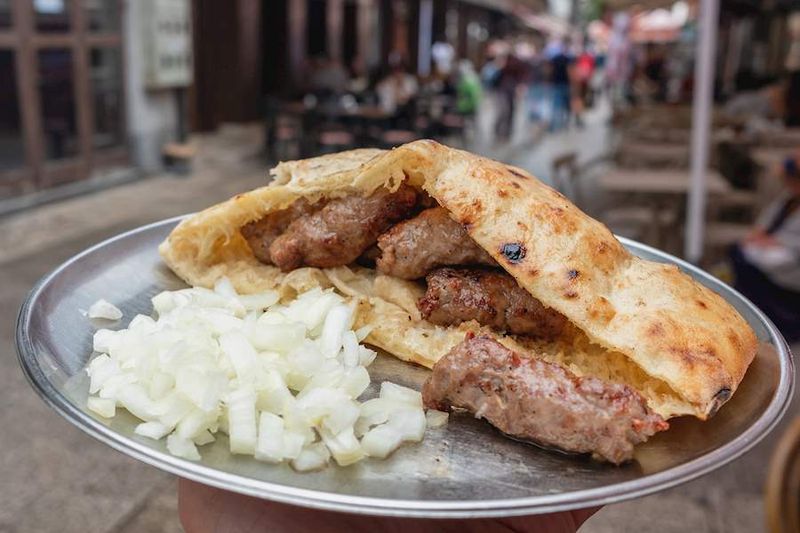

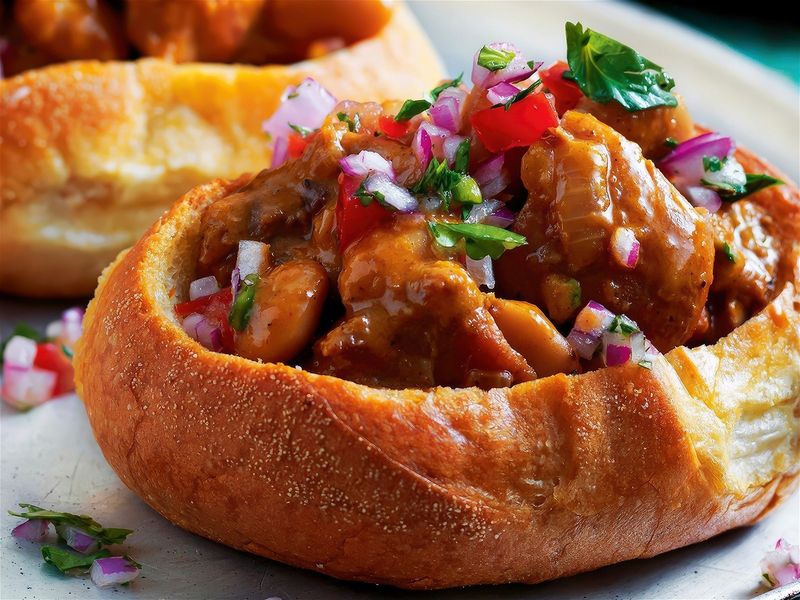
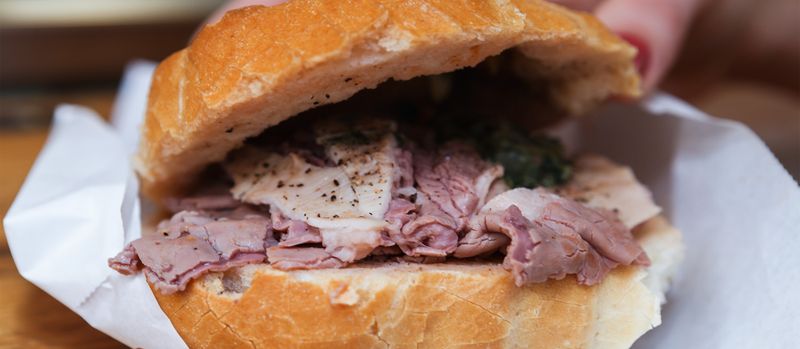
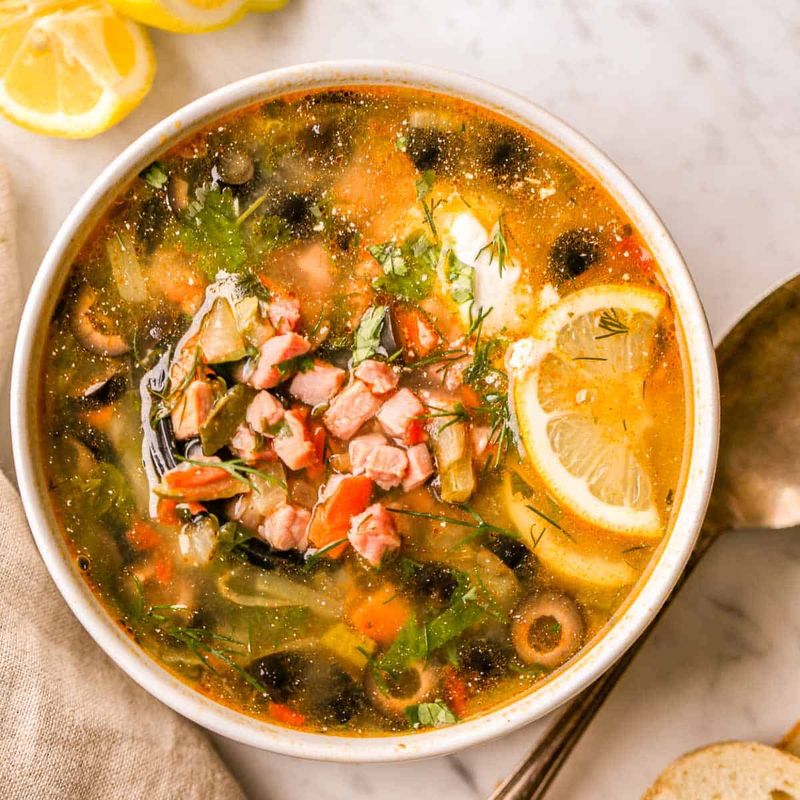
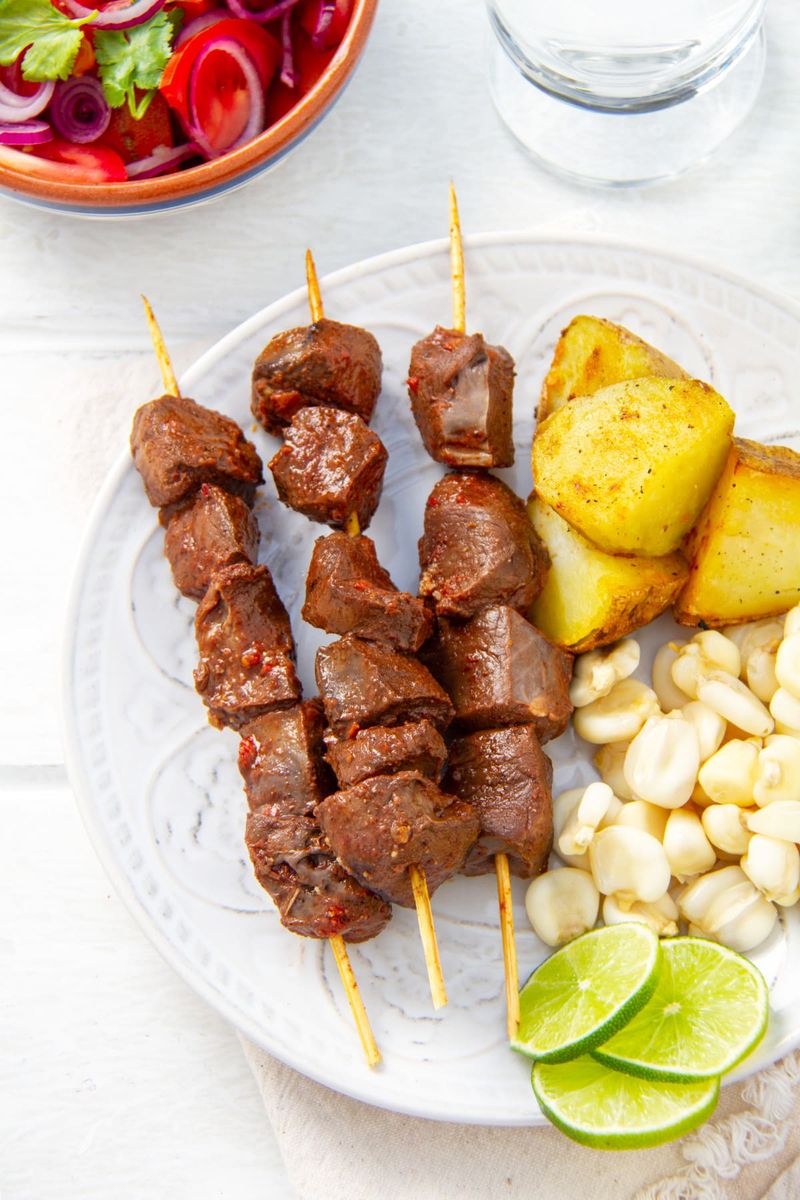


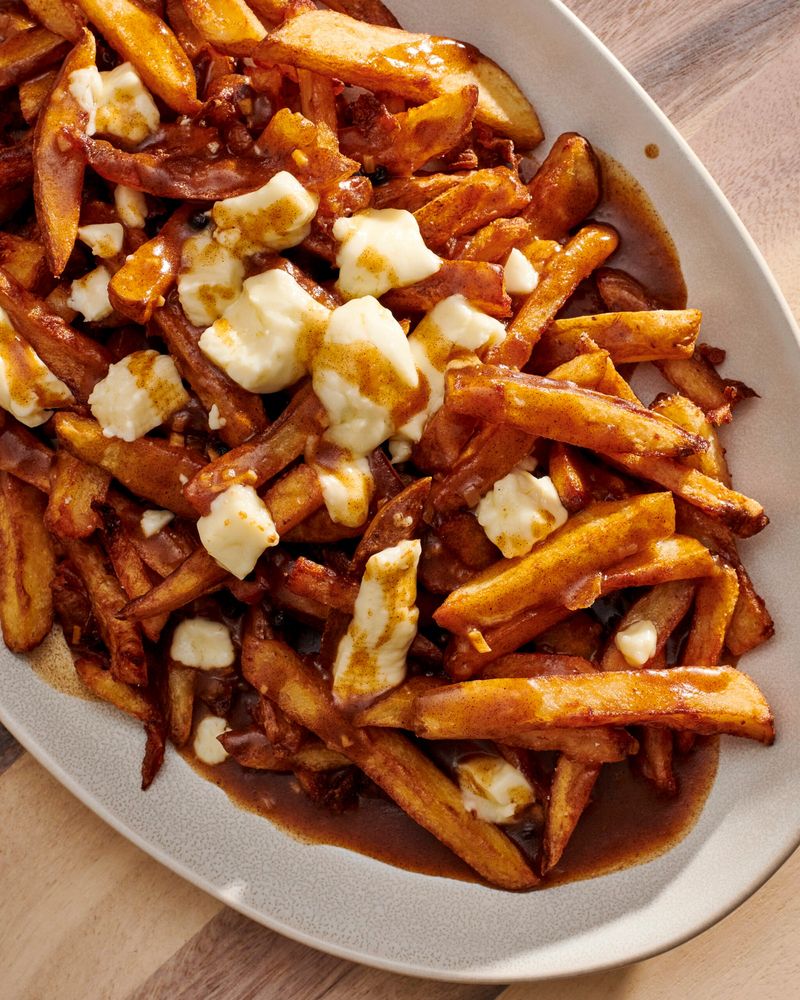
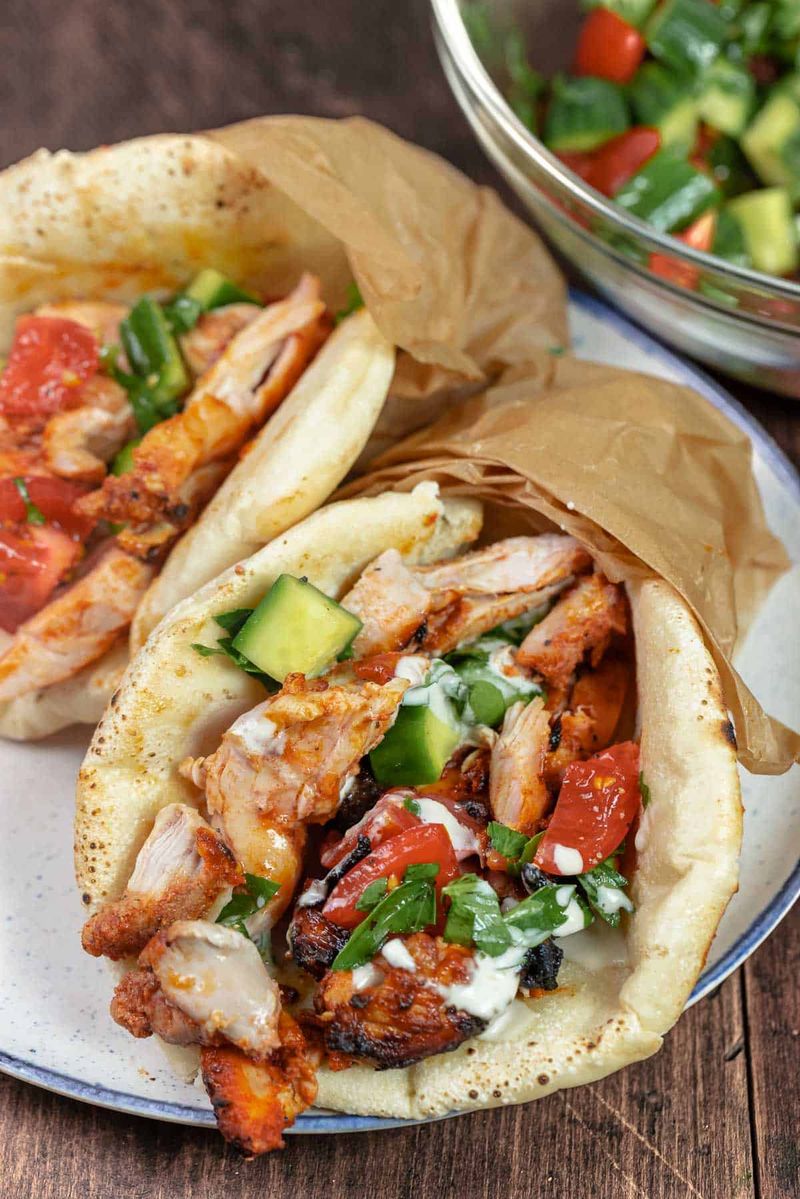
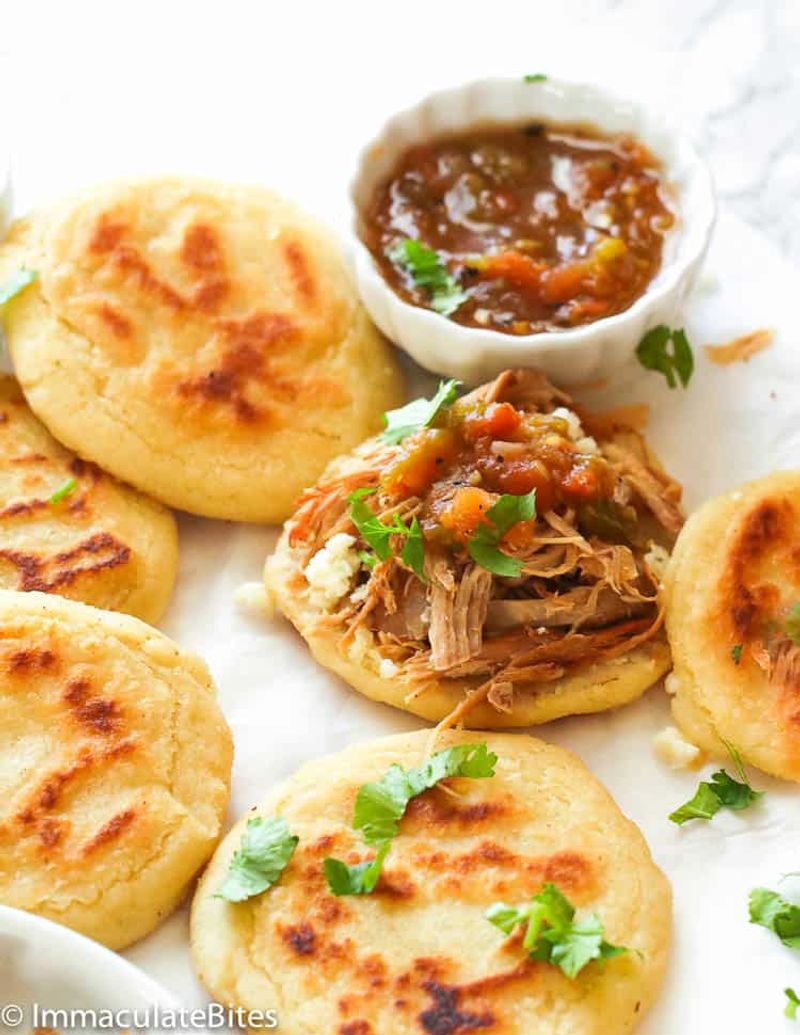
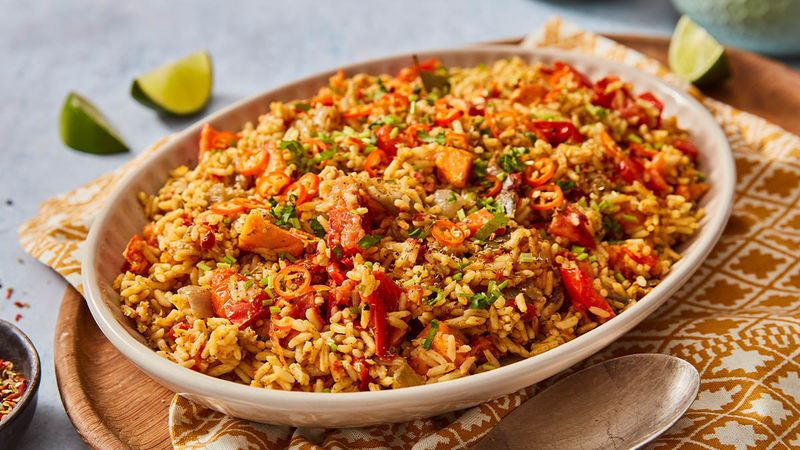
Leave a comment